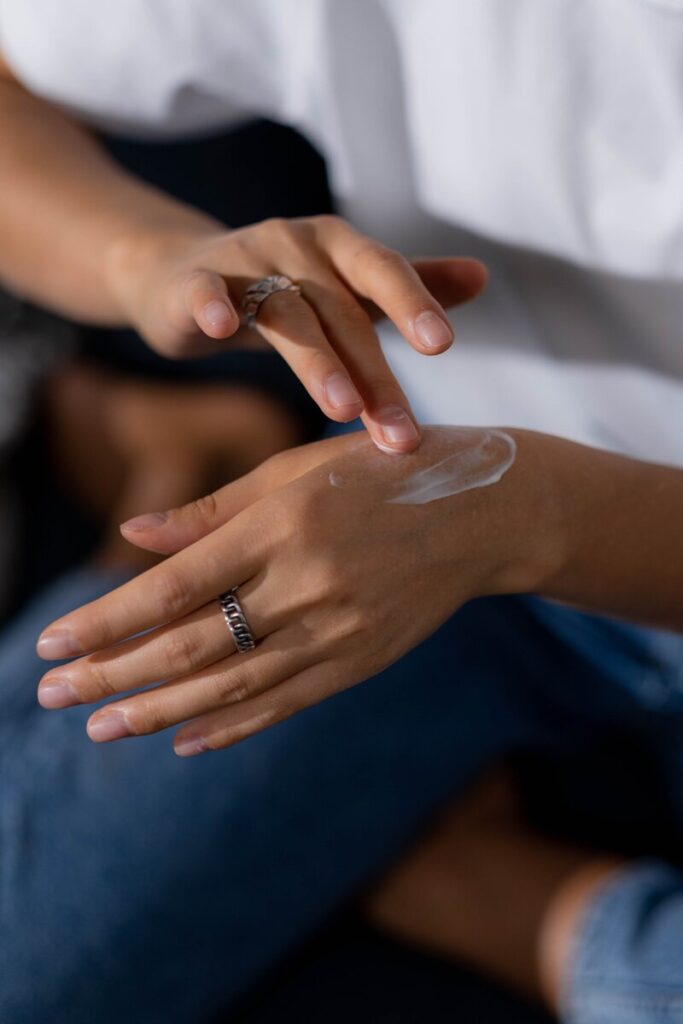So how do you really take care of a wound? This is probably one of the most asked questions I get, and one of the most misunderstood. Every individual seems to have their personal opinion on how to take are of a cut or wound, often times based on what their parents or friends taught them. And let me tell you, old wives’ tales don’t die easily!
On today’s blog, I’m going to tell you how to take care of cuts, scrapes and surgical wounds just like a dermatologist. And we’ll discuss the myths and truths around wound care.
To start, let’s review some basics about wounds.
- What constitutes a wound?
Any break in the skin barrier where there is an opening.
- Why is it important to take care of a wound?
You want the wound to heal quickly so that bacteria and debris do not come into contact with the wound while it is healing. If this occurs, an infection can ensue.
- How do you know if the wound will scar?
This is determined by the depth of the wound. A superficial wound will not leave a scar, but a deeper wound can and will leave a scar. Sometimes a wound will have some darkening while healing, this is not necessarily a scar but rather ‘post-inflammatory hyperpigmentation’ from inflammation and will resolve.
Here are some wound care tips from a board-certified dermatologist:
- Make sure you wash your hands well before touching your wound, always! If you can’t wash your hands, use hand sanitizer or disposable gloves.
- Wash the wound well with soap and water. No need to use hydrogen peroxide or an anti-bacterial soap unless your doctor instructed you to do so specifically.
- Apply a thick ointment of petroleum to the wound. This helps seal in moisture and protects the wound from outside elements. Vaseline and Aquaphor are great choices.
- Cover the wound with non-stick gauze (think the shiny part of a bandaid) and secure with tape.
You should continue the above steps until the wound is no longer open or your doctor has told you to stop.
Now let’s bust some prevalent wound care myths!
MYTH #1: You should let the wound air out and form a scab.
TRUTH #1: Letting the wound dry out and form a scab will only delay healing. Plus, when the scab falls off, it will also pull normal healthy skin from underneath setting your wound healing even farther back.
MYTH #2: You need to use an anti-bacterial ointment like Neosporin on your wound.
TRUTH #2: Dermatologists do NOT recommend Neosporin as it contains an ingredient called neomycin which is a common allergen. Even if you’ve used Neosporin without a problem in the past, up to 20% of people will develop a rash. Instead use petrolatum-based products like Vaseline or Aquaphor.
MYTH #3: You should clean your wound with hydrogen peroxide.
TRUTH #3: People LOVE hydrogen peroxide..what is it about watching those bubbles?! It really makes us feel like it’s doing something important. But contrary to popular belief, hydrogen peroxide is not a great anti-septic wound cleanser, in fact, it can actually impede wound healing. This is why dermatologists do not recommend cleaning wounds with hydrogen peroxide, instead opt for soap and water. It is GREAT at getting rid of dried blood however. So if your wound has a lot of dried blood (or your clothing), definitely grab that hydrogen peroxide and watch those bubbles work!
Check my latest podcast, out every Tuesday afternoon for more great wound healing tips!










